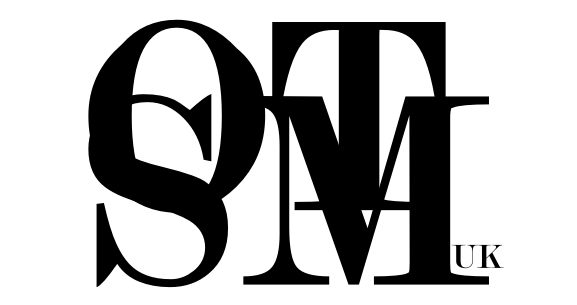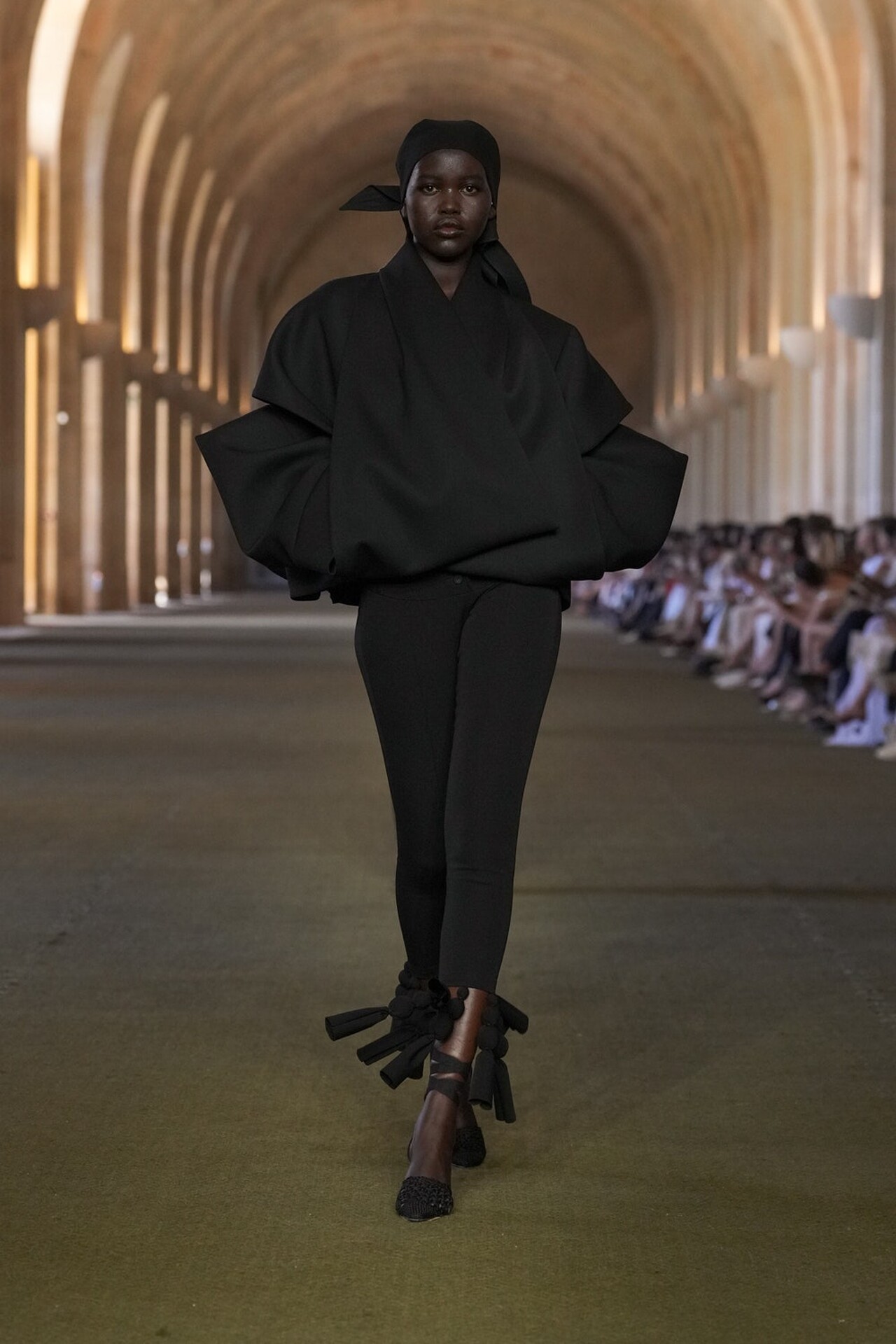ADAD CampaignFALL COLLECTIONFALL WINTER 2025-2026fashionFashion BrandFashion ShowJacquemusParisRUNWAY
Jacquemus Fall/Winter 2025–2026 Collection: 'Le Paysan' — A Love Letter to the Land and Legacy
In a setting as grand as l’Orangerie de Versailles, Simon Porte Jacquemus offered not just a runway show, but a homecoming—an intimate return to roots dressed in white linen and poetic memory. Titled “Le Paysan” (The Peasant), the Fall/Winter 2025–2026 collection was a tender ode to the designer’s Southern French heritage, one that delicately wove together childhood nostalgia, agrarian reverence, and the refined simplicity that has become his hallmark.
The show began with a moment of cinematic stillness—a barefoot child in white sprinting down the length of the sun-washed hall, opening a towering wooden door. That child, standing in for Jacquemus’s younger self, quite literally opened the way for a story to unfold: a visual memoir stitched with familial pride and rural elegance.
Rooted in memories of three generations of peasant-farmer ancestry, the collection radiated humility reimagined. Cottons and linens, reminiscent of everyday domestic objects—aprons, tablecloths, handkerchiefs—were shaped into silhouettes that felt at once rustic and regal. Broderie anglaise found new expression in tiered gowns, while voluminous skirts mimicked the generous cut of vintage smocks. Stripes, faintly candy-like, danced across fabrics like whispers of childhood treats.
But make no mistake—this wasn’t sentimental dressing. It was emotionally intelligent, masterfully constructed, and deeply sophisticated. Jacquemus’s romantic signature softened into a new maturity: sensual backs exposed under modest cuts, curved shoulders offering glimpses without overt allure. It felt grown—not just in design, but in self-awareness.
The menswear was equally striking in its structure and storytelling. Tailoring took on ceremonial volume—sloping shoulders and cinched waists evoked a Sunday best born from working-class dignity. Here, provincial pride was elevated, not erased, and tradition became fashion-forward in a way that never felt performative.
There was joy, too—clever agrarian details brought a dose of levity: leather cherries, garlic braids, harvest-basket handbags, and produce-shaped accessories danced along the line between costume and couture, showcasing Jacquemus’s gift for narrative whimsy without losing integrity.
The finale—models in glowing white—served as both a soft spotlight on the designer’s expanding bridal collection and a metaphorical close to this chapter of recollection. It was a procession of purity, underscoring the idea that sincerity can be a statement in itself. In that Versailles setting, once reserved for kings, Jacquemus brought the poetry of the peasantry to the palace, with elegance, humor, and grace.
“Le Paysan” is perhaps Jacquemus’s most personal collection to date, yet also his most confident. It reaffirms that storytelling is his superpower—and that the soil of one’s past can yield not only beauty, but a brand ethos that resonates across continents. In a world often chasing spectacle, Jacquemus dares to chase truth.
With this collection, he shows us that you can carry your history into the future—and that the boy from Provence is still running forward, barefoot, unafraid, and full of wonder.



















0 comments